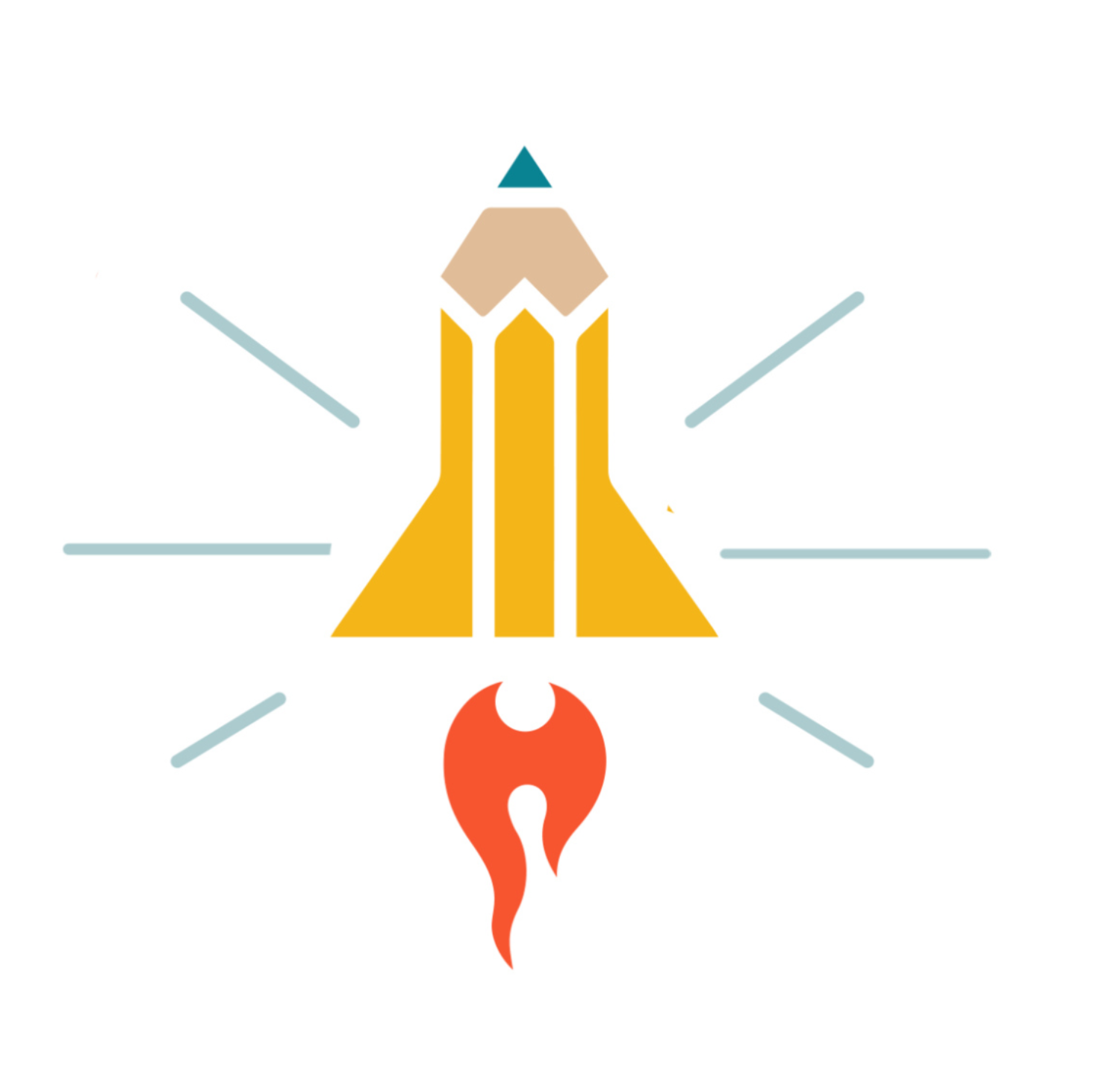What has happened to the size of the wild mammal population over the past 100,000 years?
Data Scavenger Hunt
Find answers to the following questions using the visual above, your big brain, and the links below:
100,000 years ago there were zero hectares (a metric unit of square measure, equal to 100 acres) in agricultural production. By 1900, when the human population had increased to 1.7 billion people, how many hectares of land were in agricultural production?
Approximately 10,000 years ago at the start of the First Agricultural Revolution (also known as the Neolithic Revolution), the prehistoric transition from hunting and gathering to settled agriculture approximately how many hectares of land were in agricultural production?
How much has global agriculture increased over the past 100,000 years?
A diverse range of mammals once roamed the planet. Travel back 100,000 years and the planet was rich with a wide array of wild mammals. Mammoths roamed across North America; lions across Europe; 440 pound wombats in Australasia; and the ground sloth lounged around South America. This changed quickly and dramatically with the arrival of humans. 100,000 years ago, what was the approximate wild land mammal biomass (the measure of the total quantity or weight of organisms in a given area)?
Since the rise of humans, wild land mammal biomass has declined by 85%. Our history with them has been a zero-sum game: we either hunted them or took over their habitats with the expansion of agricultural lands. Without these wild habitats to expand into and produce food on, the rise of humans would have been impossible. What was the approximate wild land mammal biomass in 1900?
For the first time in human history, we have the opportunity to turn this into a net-sum game: we can produce enough food from a smaller land area, making it possible for them to flourish again. More people are adopting plant based diets and now “meat” can be grown in labs. Explain whether you believe the human population and wild mammal population can both grow and thrive.
List one thing the visual makes you wonder:
How would you characterize the relationship between increased human agriculture and the size of the wild land mammal population?
The rise of agriculture had both upsides and downsides for wild mammals. On the one hand, it alleviated some of the direct pressure. Rather than hunting wild mammals we raised our own for meat, milk, or textiles. In this way, the rise of livestock saved wildlife. Crop farming also played a large role in this. The more food humans could produce for themselves, the less they needed to rely on wild meat. But the rise of agriculture also had a massive downside: the need for agricultural land meant the loss of wild habitats. Explain whether humans have been good for wild mammals.
Based on the visual below, how much has the wild mammal population declined since 1900?
Write and Discuss
Take ten minutes to write about the question at the top of the page and then discuss with your classmates.
Act on your Learning
Wild mammals don’t vote (yet!) but they matter. Contact your congressional representative and let them know what kind of threat humans are to wild mammals. Suggest legislation they could pass to help wild animals and humans thrive side by side.
Get Creative
Imagine that wild mammal biomass were restored. What would life look like if we lived side by side with a growing wild mammal population? Describe this world.
Learn More
Check out all these incredible Our World In Data visuals about biodiversity.



